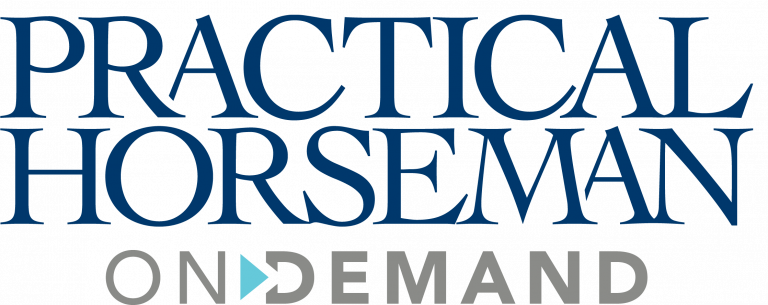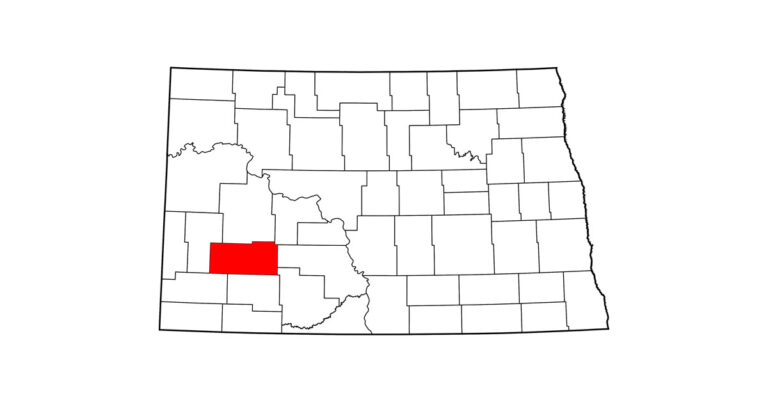 Recent research at the University of California, Davis, examined the efficacy of the equine influenza vaccine. | © Dusty Perin
Recent research at the University of California, Davis, examined the efficacy of the equine influenza vaccine. | © Dusty PerinThe virus that causes influenza—both the human and the equine types—is constantly changing in subtle ways. To be fully effective, a flu vaccine has to match the virus strains that are currently circulating in the wild. Last year’s human flu shot wasn’t such a good match; many people who received it came down with flu anyway. And something similar may have been happening with equine flu in recent years.
Evidence comes from research led by Nicola Pusterla, DVM, of the University of California, Davis. From March 2010 to November 2013, Dr. Pusterla and his team gathered information on more than 2,600 horses with signs of respiratory infection. Veterinarians in 38 states supplied the data and submitted nasal-swab samples for testing. The results were compared with those of a similar study carried out in 2008–2010.
A total of 230 horses (9.7 percent) tested positive for equine influenza virus. This was a somewhat higher percentage than in 2008–2010, and a breakdown of the results provided some telling details. Horses that tested positive for EIV in 2010–2013 tended to be older and had been vaccinated more often against EIV than the positive horses in the 2008–2010 group. Vaccination history wasn’t known for more than half the horses, but of the 855 who had been vaccinated against EIV, 84 tested positive for the virus. Thirty-nine of the positives had had their vaccinations within six months. There was no statistical significance in the type of EIV vaccine used (killed adjuvanted or modified-live vaccine). The study did not collect information on vaccine brands.
The researchers note that their findings dovetail with reports from the World Organization for Animal Health, which has documented equine flu outbreaks and vaccine breakdowns internationally, and raise questions about “the efficacy of EIV vaccines available in the United States.” This doesn’t mean that EIV vaccination is worthless—only that some current vaccines may be less protective than they could be. “Commercial killed and inactivated EIV vaccines should contain epidemiologically relevant viruses and should be updated in a timely manner to confer optimal protection,” Dr. Pusterla and his colleagues write.
This article originally appeared in the April 2015 issue of Practical Horseman.









